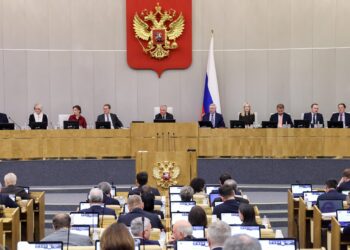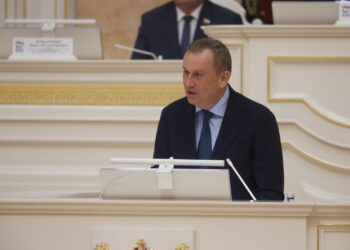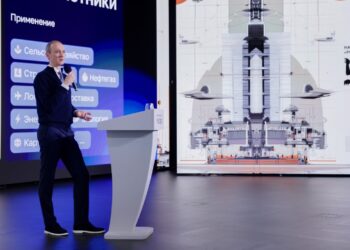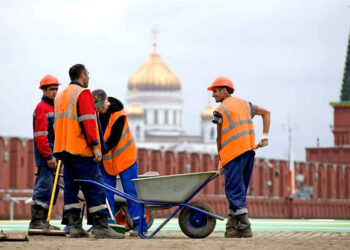MOSCOW (Realist English). Russian President Vladimir Putin has instructed his defense and security leadership to embed key lessons from the special military operation on the territory of the former Ukraine and other recent regional conflicts into the country’s next State Armament Program, which will span 2027 to 2036. The new framework, he said, is set to become the primary strategic reference for the development of the Armed Forces, other security structures, and the national defense industry in the coming decade.
Speaking at a meeting in the Kremlin, Putin emphasized that the upcoming program must reflect combat experience from the special operation, global trends in military technology, and be fully synchronized with plans for the modernization of the defense-industrial complex. He stressed the need to ensure sufficient supplies of weapons to meet both current and long-term demands.
The president highlighted the nuclear triad as a top priority, calling it a key guarantor of national sovereignty and strategic stability. He noted that 95% of Russia’s strategic forces are now equipped with modern arms — the highest level among nuclear-armed states.
Putin also set forth additional directives:
- Boost the combat capabilities of ground forces
- Accelerate the modernization of aviation assets
- Implement in full the Russian Navy development strategy through 2050
- Expand the country’s military export potential, including through the promotion of systems tested in combat and the creation of a separate production line within the defense sector for international clients
The new program, Putin added, must be linked with economic mobilization plans and include comprehensive infrastructure support — such as bases, arsenals and airfields — for the deployment of new weapons systems. Pre-emptive investment in such infrastructure, he said, would avoid delays and unnecessary expenses after delivery to the troops.
“This armament program is not just a set of procurement goals — it must become a foundation for long-term strategic readiness and military-technological sovereignty,” the president concluded.


















